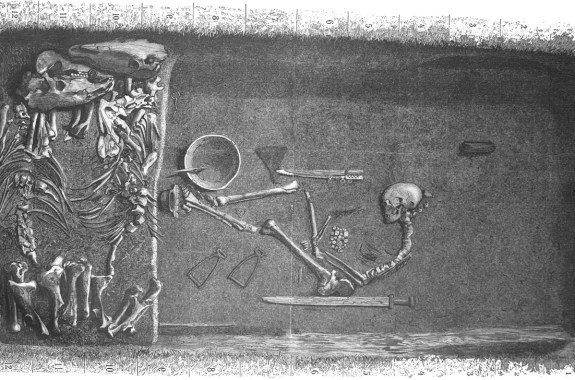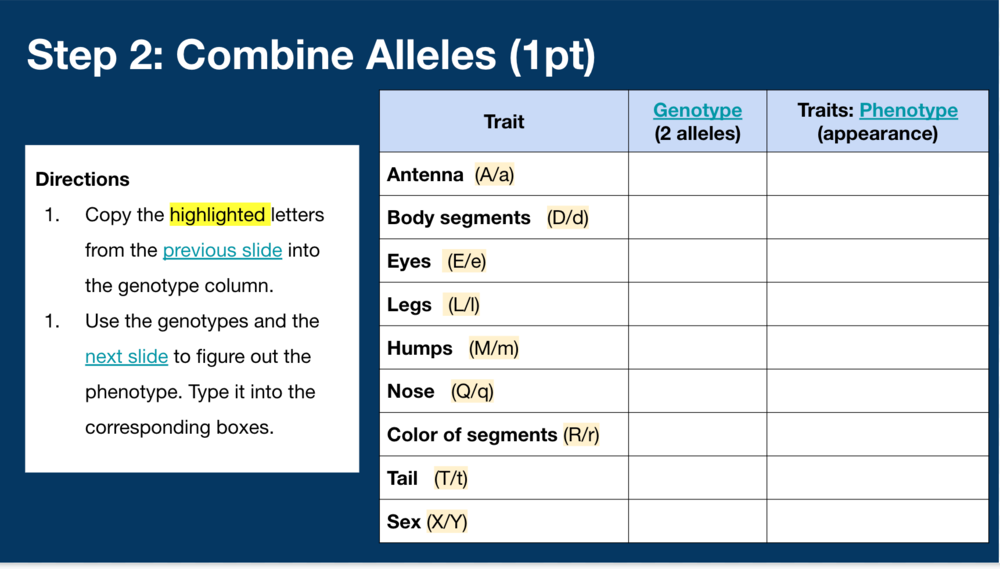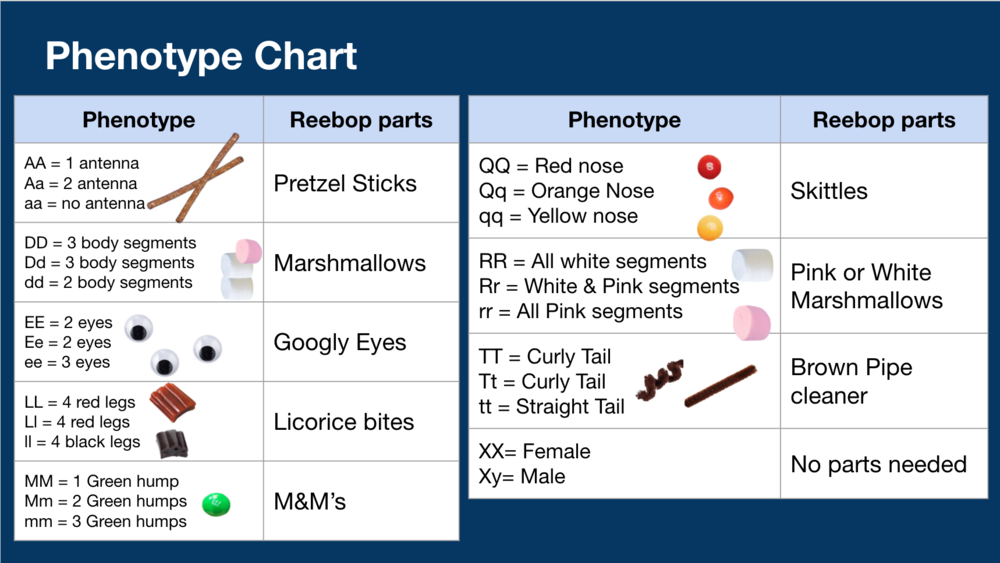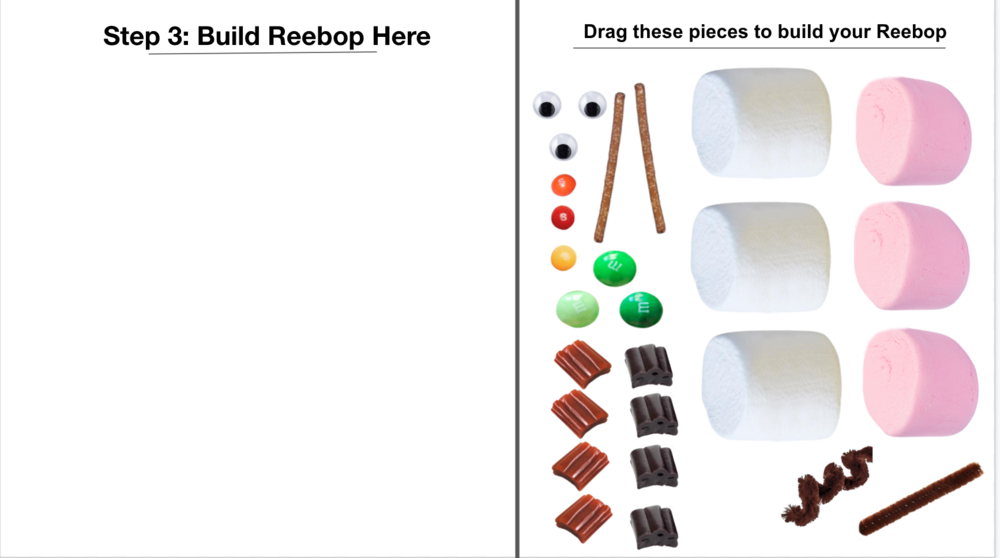A bat with brown skin sticks out its pink tongue while hanging upside-down from a tree branch against a background of green leaves.
A bat with brown skin spreads its wings while it hangs from upside-down a tree branch against a white background.
Your Custom Text Here

Bats
Bats create long-lasting families where everyone takes care of each other. They do not have boy/girl ways to act or look. Bats are most concerned with everyone being strong.

A bat with brown skin sticks out its pink tongue while hanging upside-down from a tree branch against a background of green leaves.

A bat with brown skin spreads its wings while it hangs from upside-down a tree branch against a white background.

White-Throated Sparrow
These birds have boy bodies that act in two different ways and girl bodies that act in two different ways. This means they have four genders and two body types!
Caption: Zonotrichia albicollis #ML63894671. Image credit (C) 2015 Keenan Yakola, taken on Seal Island, ME (Asset available at https://macaulaylibrary.org/asset/63894671)

Clown Fish
The girl Clown Fish body is larger than the boy body. And if the girl goes away and leaves the boy Clown Fish with the little fishes, he changes his body into a girl Clown Fish.

Beluga whales
Beluga whales have three body types: boy bodies, girl bodies, and boy-and-girl bodies. Oh whale!

Sea Horses
Boy Sea Horses have a pouch where the girl Sea Horse places the fertilized Sea Horse eggs. This allows the boy to be pregnant and care for the growing babies. This daddy carries the babies until they are ready to be born.

K-5 Gender Showcase
We are currently updating this popular resource to include more teacher guidance. Whale see you again soon!
In this blog post, biology education researchers Sarah L. Eddy and Aramati Casper describe how to support intersex and queer students through language choices and biologically accurate content.


In this lesson for high school life sciences, students explore case studies of human remains that have challenged scientists’ ideas about how gender and sex operated in ancient times to help us better understand how gender, sex, and sexuality change our bodies and our stories in the present day.
Lewis Steller created this lesson as part of the Science Friday Educator Collaborative.

This unit for high school psychology classes covers four topics:
Gender as a Biopsychosocial Construct
Cultural and Historical Considerations about Gender
The Importance of Pronouns
Seeking Support at School
How cool is this educational jewelry that @the_fish_nerd has created! Her photos show linked medallions illustrated with non-binary side-blotched lizards, transgender moray eels, and asexual condors. Thanks for sharing! - RXS
Ask me about my #queeranimals! Loved making some fun and educational jewelry for @sdpride parade tomorrow. Big shout out to @GenderInBiology for the resources. Look for me with Senator Steve Padilla's crew! 🏳️🌈🦎🏳️⚧️#LGBTQ #Pride #queerart #queerecology pic.twitter.com/CebbKRrVT5
— Jackie Gardner🏳️🌈 (she/they) (@the_fish_nerd) July 14, 2023

In this SF Chronicle piece, Ash Zemenick discusses evidence for biological sex as a continuum rather than a binary. They argue that humans whose chromosomes, gametes, or hormones do not fit into a binary are common and that it is more useful to view them as a form of diversity rather than as an exception to a rule.
Gender-inclusive simulation of independent assortment for a genetics or evolution lesson. Adapted from slides created by Laura Funk (staff profile page) by modifying “mom” to egg-giver and “dad” to sperm-giver. Can also serve as model for discussion about mutations, epigenetics, evolution, chromosomes, alleles, nondisjunction. See also Teach.Genetics.Utah.edu's paper-based activities. See steps below and the questions for the assessment at the end. (Originally published here in 3/17/21.)
NGSS Works towards HS-LS3-1. Follow up with meiosis and HS-LS3-2.

Step 1: Flip a coin and highlight the capital or lowercase letter for that row.

Step 2: Combine the results from Step 1 to create a genotype (two letters).

Step 3: Use the third slide to decode the phenotype.

Step 4: Build the reebop based on the phenotype.
Assessment: Answer the questions in the Google Form.
0. Attach completed Reebops Nursery from your Drive.
1. Name your Reebop
2. What do you think each letter represents in the model?
3. What do you think combining the letters represents in the model?
4. All models are wrong. Some models are useful. What are some things missing from this model? List as many as you can think of.
5. Gametes (egg & sperm cells) contain 1 pair of chromosomes (n = haploid), the other body cells contain 2 pairs of chromosomes (2n=diploid). Is your baby reebop haploid or diploid?

Authors: Gary William Wright, Cesar Delgado
Published in: Science Education (Feb 5, 2023) at https://doi.org/10.1002/sce.21786
Students who identify as LGBTQ continue to report feelings of being unsafe at school because of their sexual orientation, gender identity, and gender expression. Access to a gender and sexual diversity (GSD)-inclusive curriculum and supportive teachers may positively improve the school climate for LGBTQ students, but these supports are often not included in STEM classrooms. One response is to ensure that STEM teachers are prepared to integrate GSD-inclusive STEM teaching into their classrooms. This review systematically analyzed the literature on supporting and affirming GSD in K-12 and higher education STEM education contexts. The 81 selected studies were qualitatively analyzed using inductive thematic analysis and epistemic network analysis, and the findings showed that GSD-inclusive STEM education literature coheres around six highly related constructs: Heteronormativity, Social Justice, Epistemic Knowledge of Science and Inquiry, Identity, Embodiment, and GSD language. Identifying these constructs, and the connections among them, led to the generation of an operational framework of GSD-inclusive STEM teaching that can inform and guide STEM teacher education programs and STEM teacher professional development to develop STEM educators' equity literacy around GSD to foster bias-free, equitable, inclusive STEM classrooms.
This is a video created through Living Laboratory(c) at the Museum of Science Boston, in collaboration with the Mahalingaiah Lab at Harvard School of Public Health. It explains menstruation in a non-gendered, non-sexual way to inform young people about changes in their bodies

Here are the slides and references from our workshop at the 5th Annual STEP Alumni Conference, November 5, 2022. We delighted in the conversations and are so grateful that you joined us! The recording is available here and embedded in the doc above.
Abstract
Biology is the study of the diversity of life, which includes diversity in sex, gender, and sexual, romantic, and related orientations. However, a small body of literature suggests that undergraduate biology courses focus on only a narrow representation of this diversity (binary sexes, heterosexual orientations, etc.). In this study, we interviewed students with queer genders to understand the messages about sex, gender, and orientation they encountered in biology and the impact of these messages on them. We found five overarching themes in these interviews. Students described two narratives about sex, gender, and orientation in their biology classes that made biology implicitly exclusionary. These narratives harmed students by impacting their sense of belonging, career preparation, and interest in biology content. However, students employed a range of resilience strategies to resist these harms. Finally, students described the currently unrealized potential for biology and biology courses to validate queer identities by representing the diversity in sex and orientation in biology. We provide teaching suggestions derived from student interviews for making biology more queer-inclusive.
This focused revision addresses the need to denote sex assigned at birth and gender in pedigree nomenclature. It clarifies the use of symbols and language to ensure safe and inclusive genetic counseling for people who are gender-diverse or transgender.
Bennett, R. L., French, K. S., Resta, R. G., & Austin, J. (2022). Practice resource-focused revision: Standardized pedigree nomenclature update centered on sex and gender inclusivity: A practice resource of the National Society of Genetic Counselors. Journal of Genetic Counseling, 00, 1–11. https://doi.org/10.1002/jgc4.1621

Resource Roundup is a newly periodic attempt to capture all the links aggregated through conversations and requests, shared by many. We focus on science education materials but have encountered enough sex education-adjacent curriculum to share the collection below. Your mileage may vary. (RXS)
We shared this guide with attendees at a workshop this year.
TITLE: Gender Inclusive Adaptations to Environmental Education
Principles of Gender Inclusive Biology (cheat sheet)
How to Respond to Common Questions/Objections to GIB teaching (quick & easy tips)
Gender-Inclusive Biology: A Framework in Action (NSTA article with resources)
How do we present gender, sex, and sexuality as part of inclusive and accurate science teaching? (extensive STEM Teaching Tools brief)
Middle & High School Resources (direct links to lessons)
Scientific American - Beyond XX and XY (flowchart)
GLSEN Gender Triangle Education Guide (identity-expression-attribution-assignment)
Gender Unicorn (spectra)
Gender & Sexuality Galaxies (cloud concept map)
Language Guide (table, differentiated by discipline & intensity)
Talking to Kids About Science in a Gender-Inclusive Way (article w/ table)
STEM/Equity Etymology Posters (print-ready slides)
Temperature-dependent sex determination (crocodile video)
Temperature-dependent sex determination (turtle video)
Touch-based sex determination (slipper limpets video & diagram)
Early life nurturing & later life stress response (lick your rats)
Evolution of Sexual Reproduction (Nature summary)
Gender Showcase (bite-size posts about enduring variation in survival)
Queer species database of 200+ organisms (research source)
Diverse Animal Reproduction (survey & reflection) (r- k- strategy gallery walk)
Pigeonetics Game (answer key available in guide)
Why do the foods we eat matter? (Native-driven environmentalism for salmon in 3 case studies) (at a glance guide)
(See also newsletter issue Oct2019)
Resource roundup on this coming soon; just need to describe them (RXS)
FURTHER RESOURCES
Myths of Human Genetics (data and graphs for lots of human genetic traits that aren’t clear; tongue rolling, widow’s peak, etc.)
Questionable Questions About Transgender Identity (Answers to Qs it’s rude to ask)
Attendees also received a summary of all the resources and Q&As generated during the workshop, as well as opportunities to workshop their own curriculum on request. (If you’re interested in a workshop online, send us a note via the form at the bottom of the page.)
In this blog post, geneticist Jess McLaughlin offers six detailed strategies for trans inclusion in biology education. They also include an extensive list of resources.
